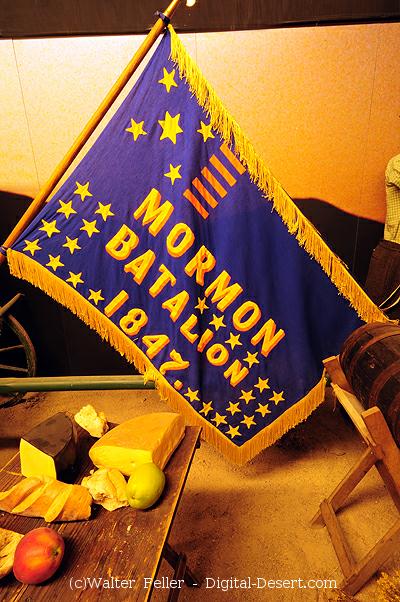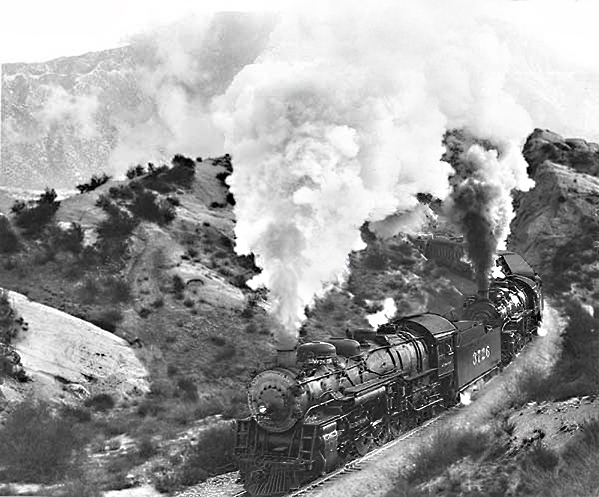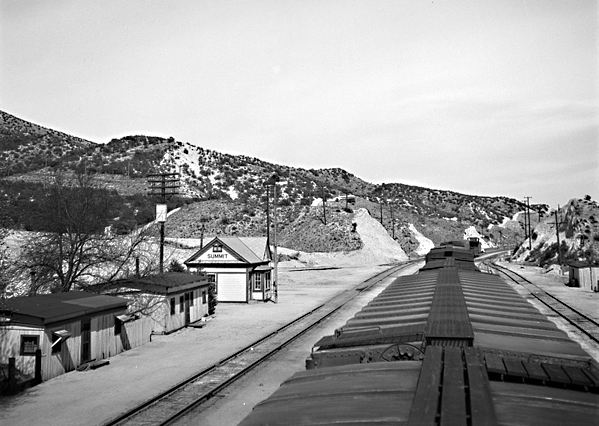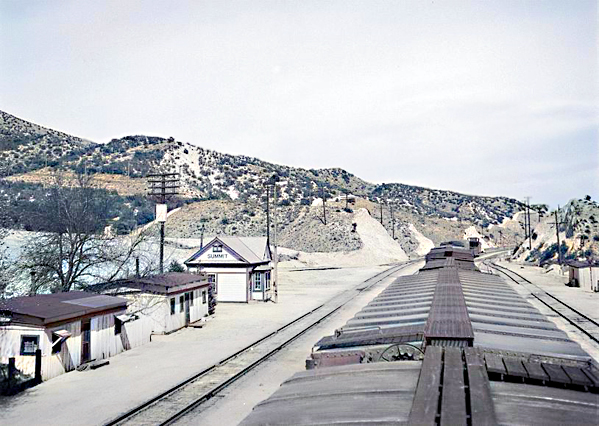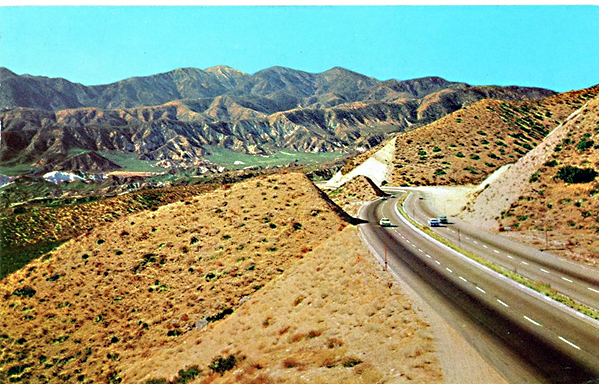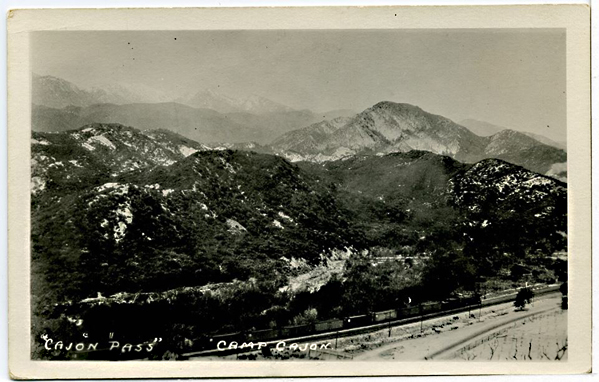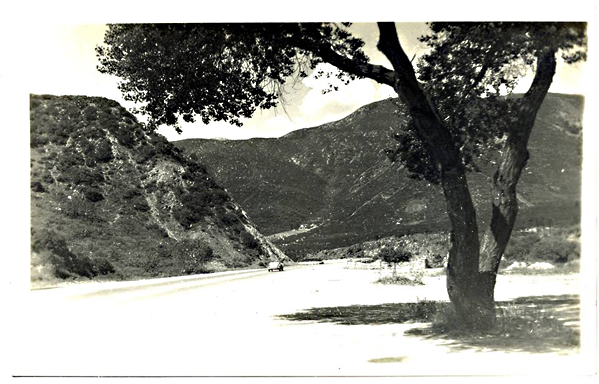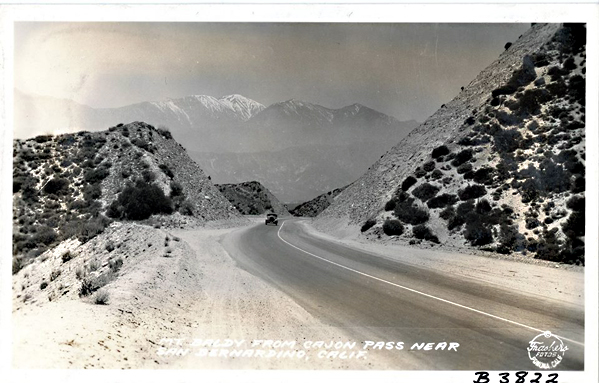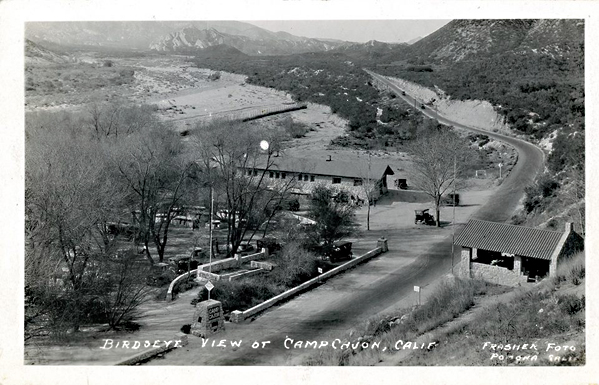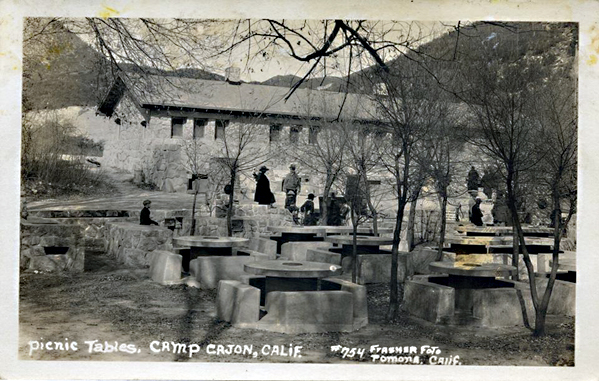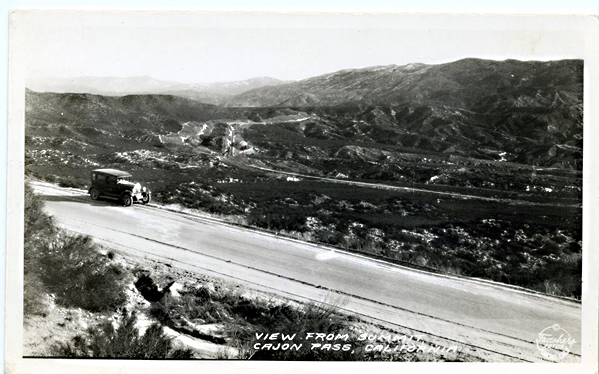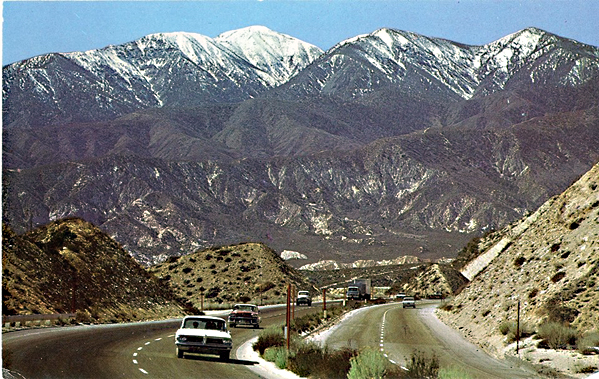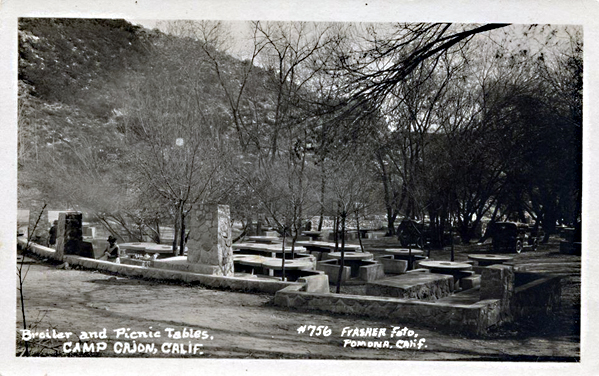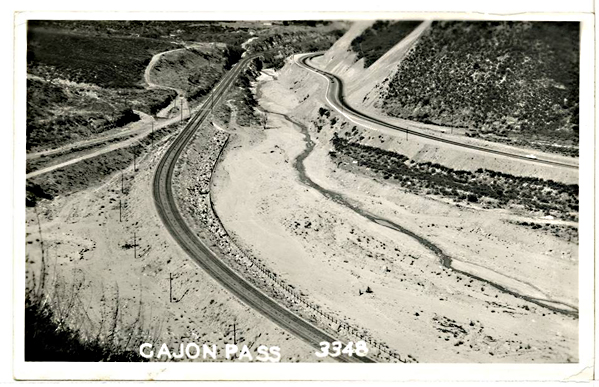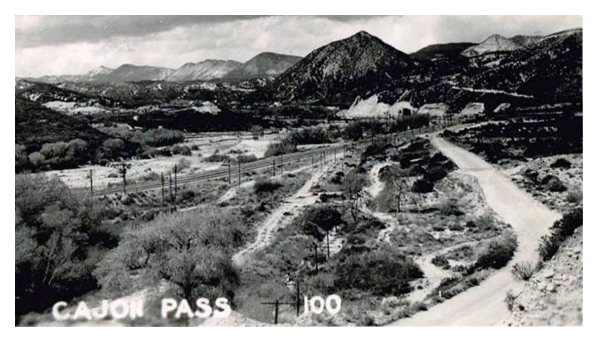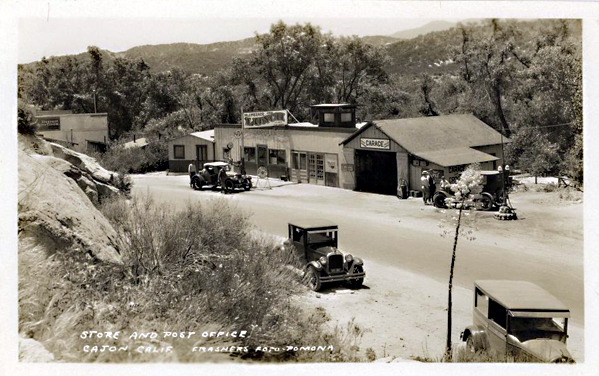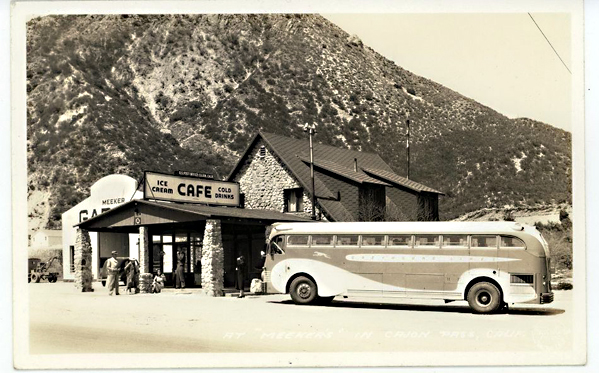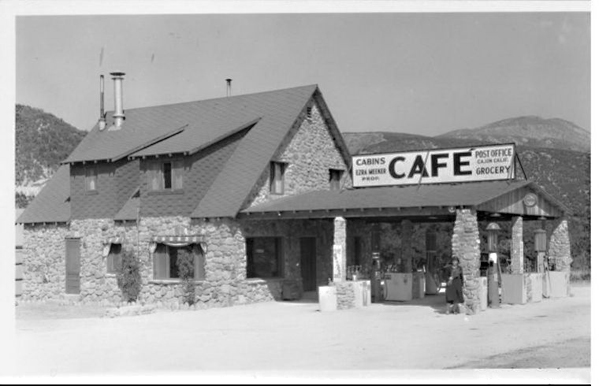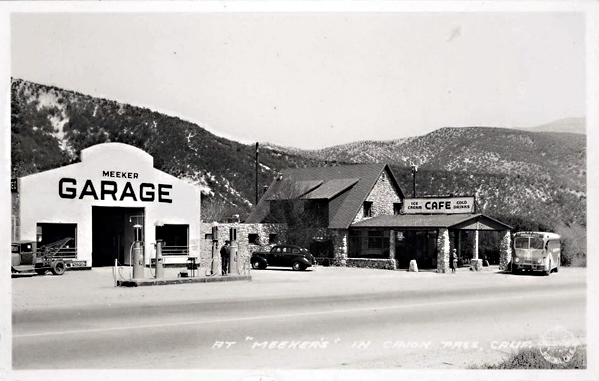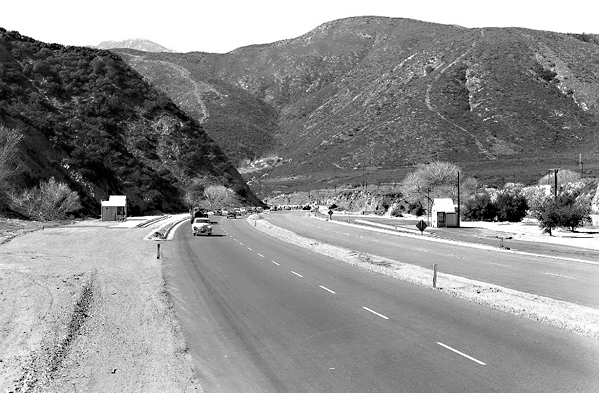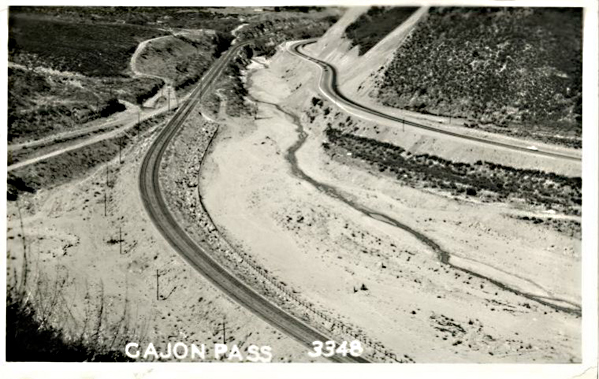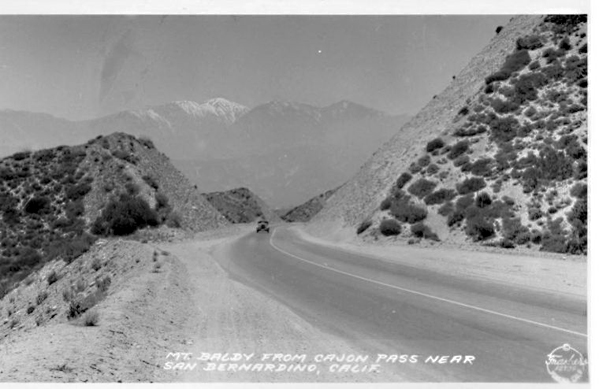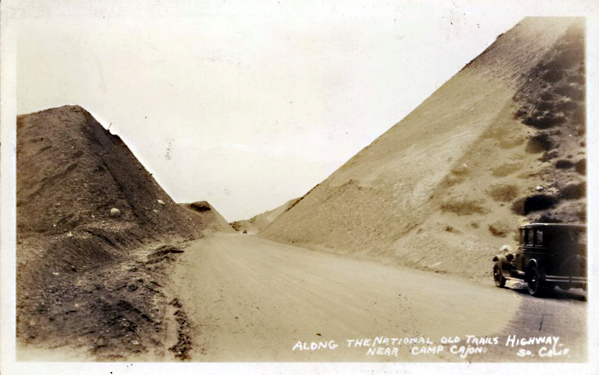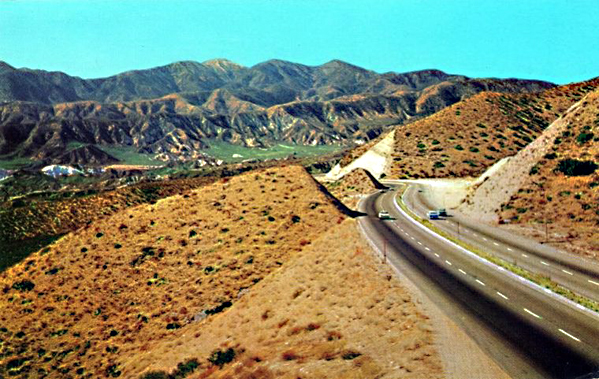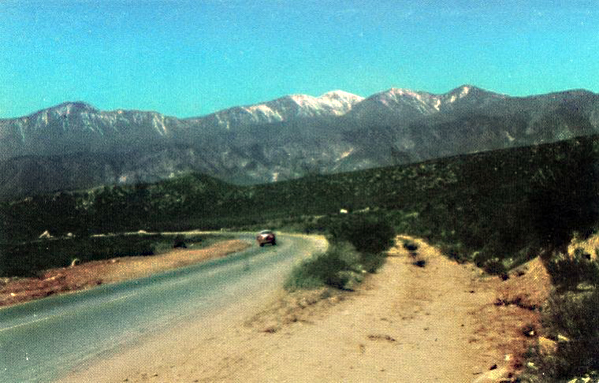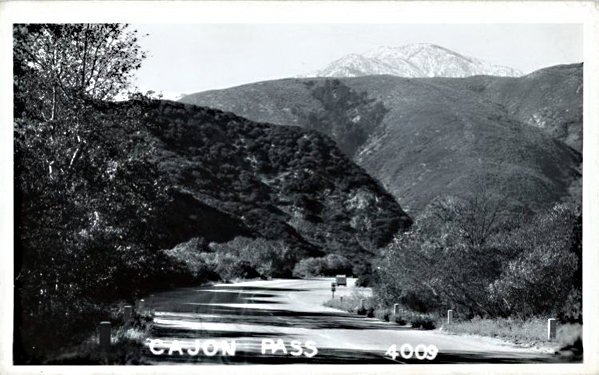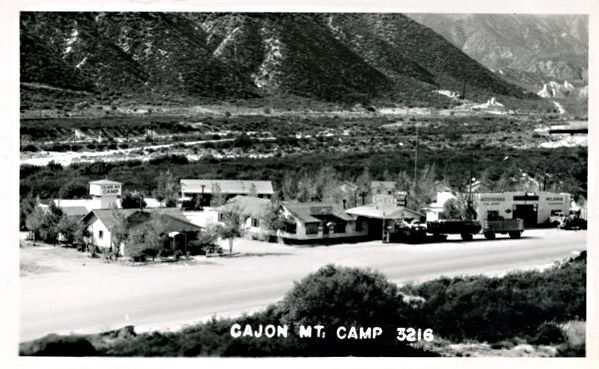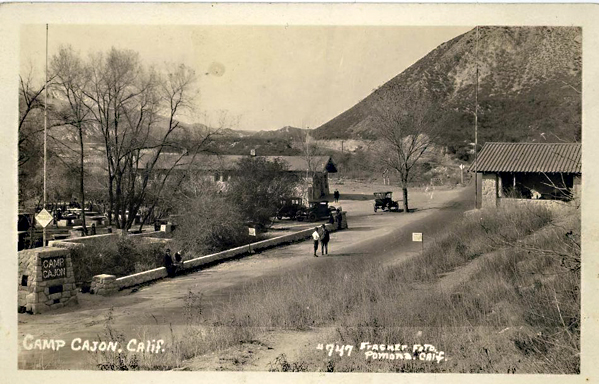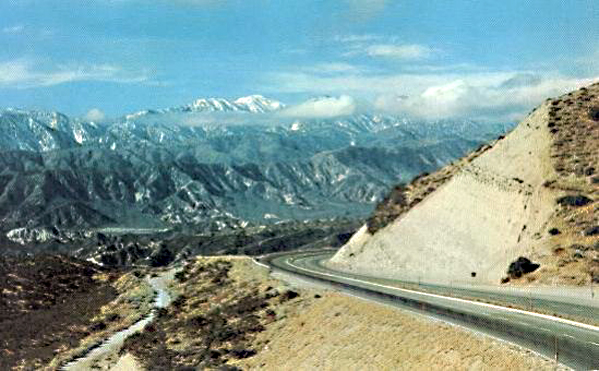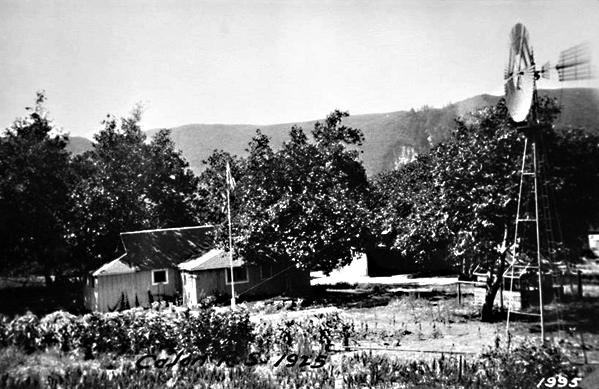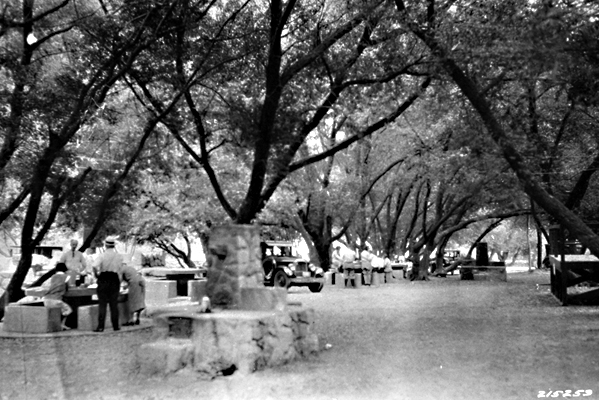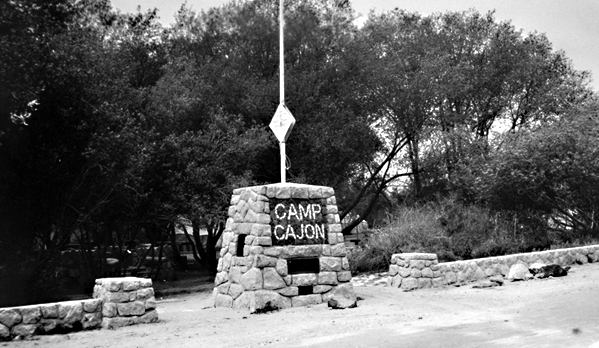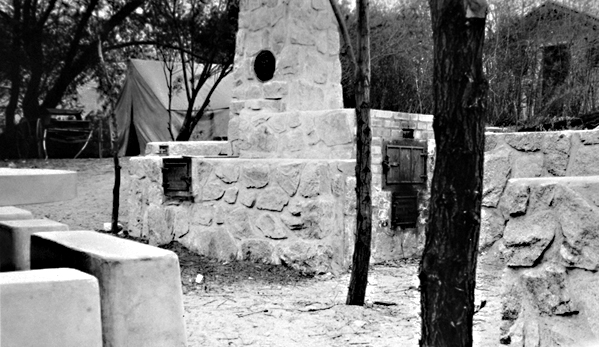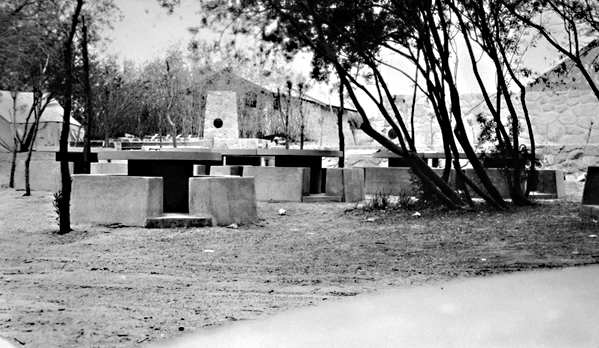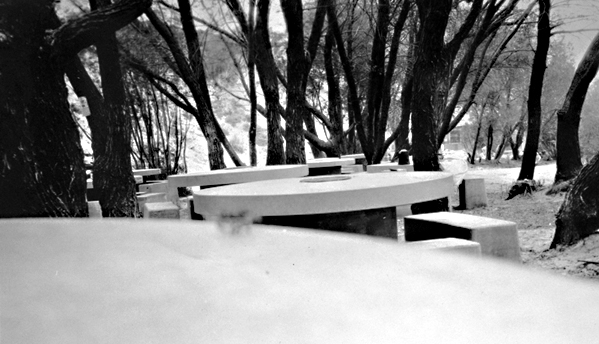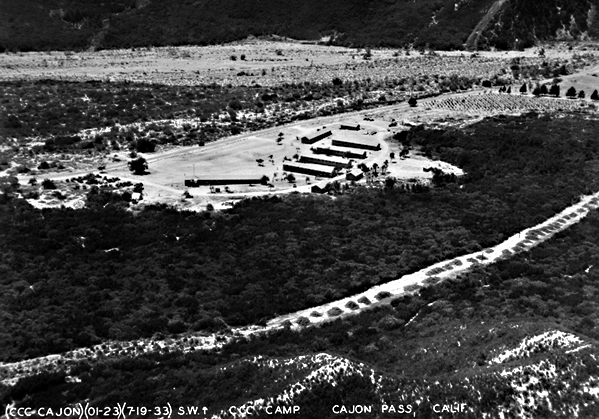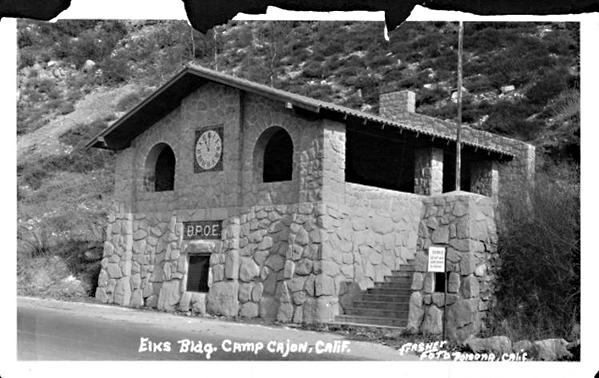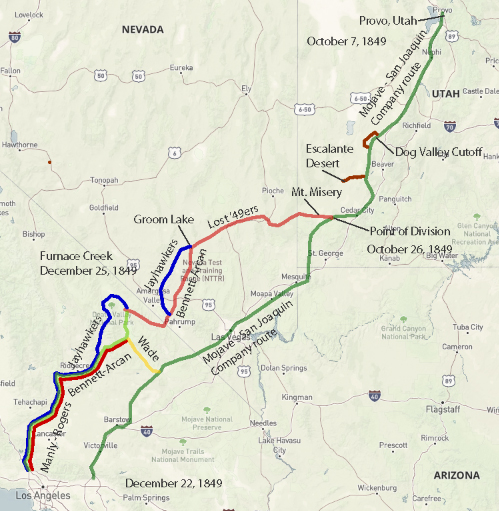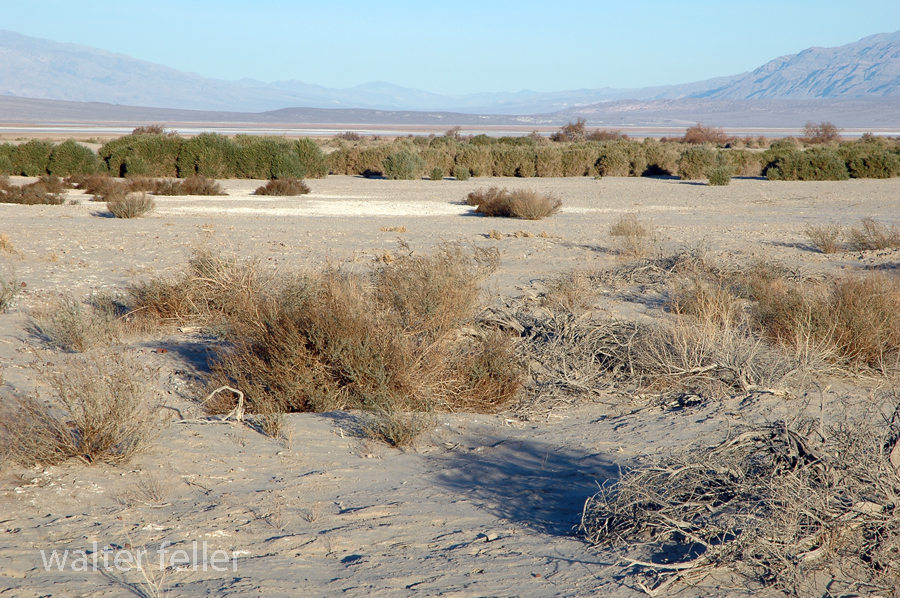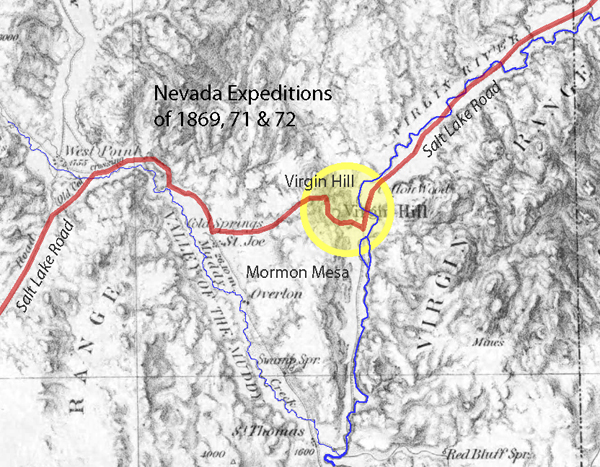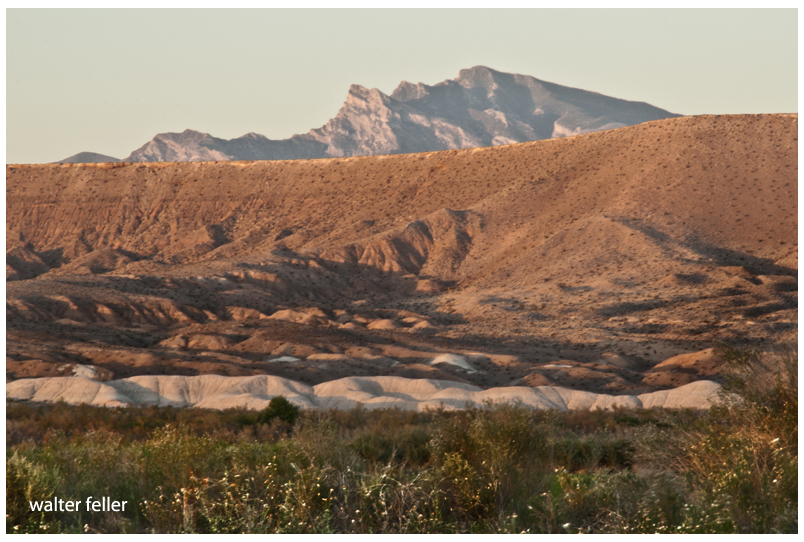https://mojavedesert.net/military/fort-irwin-04.html
The Mormon Battalion was a United States Army volunteer unit composed primarily of Latter-day Saint (Mormon) men. It was formed during the Mexican-American War in 1846. The battalion played a significant role in the western expansion of the United States and the development of the American West.
Here are some key points about the Mormon Battalion:
- Formation: The Mormon Battalion was officially organized on July 16, 1846, in Council Bluffs, Iowa. The Mormon pioneers, led by Brigham Young, had been forced to leave their homes in Nauvoo, Illinois, and were headed west to the Salt Lake Valley.
- Purpose: The battalion was created to support the U.S. war effort in the Mexican-American War (1846–1848). The U.S. government, in need of troops to secure the territory acquired in the Southwest, allowed the Mormons to form their unit.
- Service: The Mormon Battalion marched over 2,000 miles from Council Bluffs to San Diego, California, through harsh and challenging conditions. They were mustered out of service in July 1847.
- Contribution to Western Expansion: The journey of the Mormon Battalion played a role in opening up a southern wagon route to California and exploring potential routes for future transportation and communication lines.
- Legacy: The legacy of the Mormon Battalion is still remembered today. Many battalion members settled in California after their service, and their contributions are commemorated in various historical sites and monuments. The battalion is also remembered as a unique episode in American military history and the history of the Church of Jesus Christ of Latter-day Saints.
The Mormon Battalion’s journey was a remarkable chapter in the American West’s history and the United States’s expansion during the 19th century.
